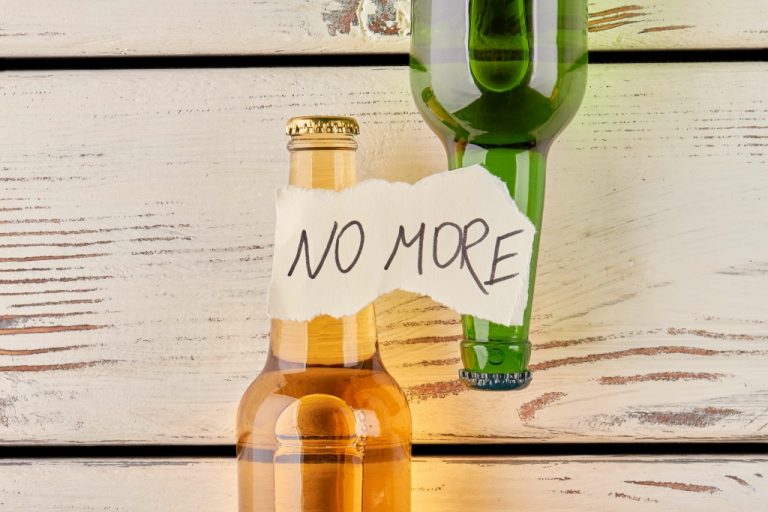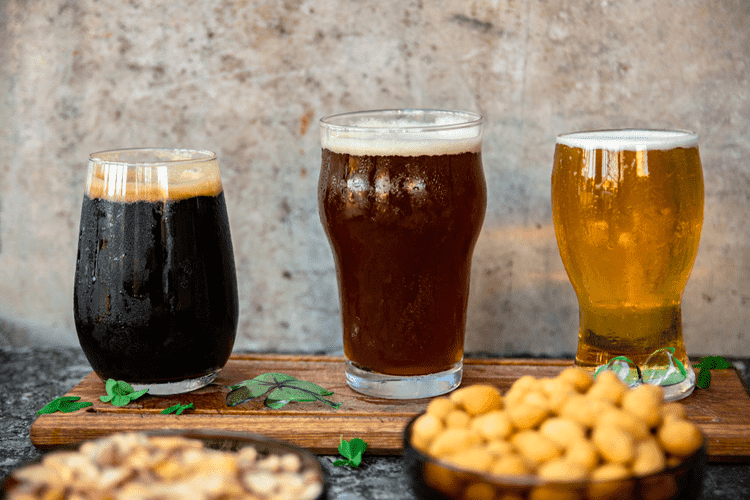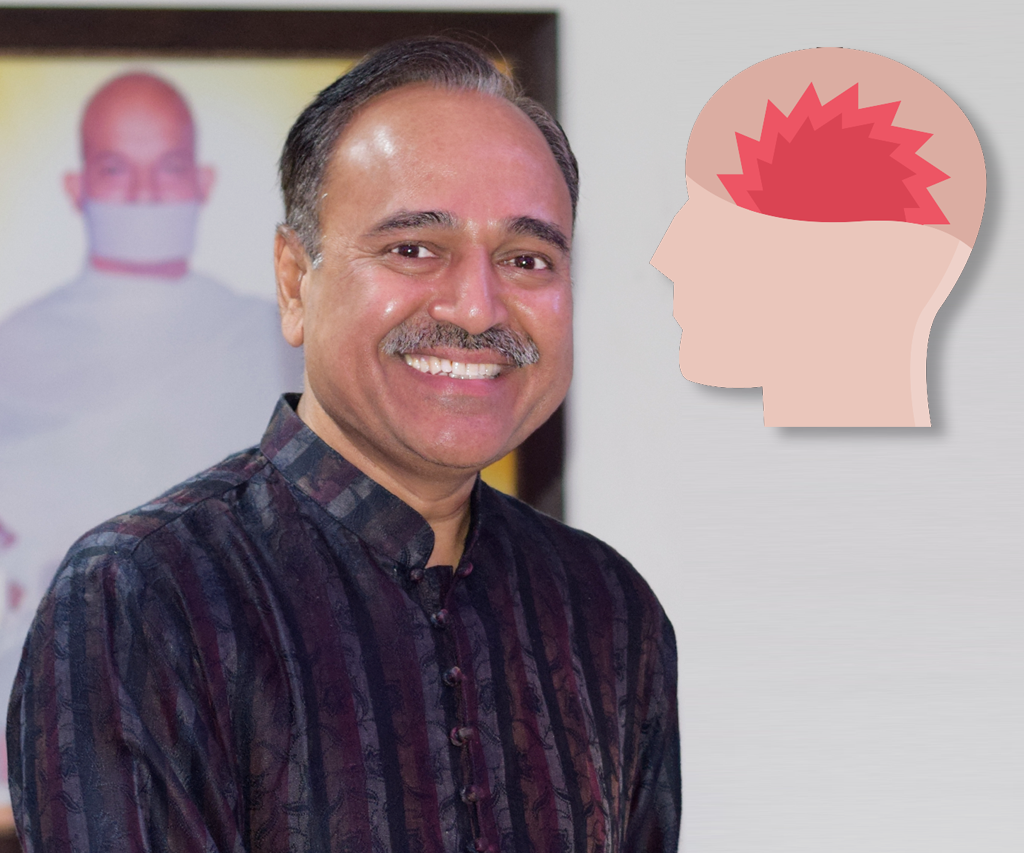Spor tutkunları için yüksek oranlar Bettilt kategorisinde bulunuyor.
Online platformda eğlenceli vakit geçirmek isteyenler için bettilt giriş biçilmiş kaftandır.
2025 yılı için planlanan bahsegel giriş yenilikleri bahisçileri heyecanlandırıyor.
Kullanıcılar, güvenli erişim sağlamak için Bettilt giriş sayfasını tercih ediyor.
Türkiye’de en çok tercih edilen platformlardan biri olan Bahsegel giriş, farklı kategorilerde bahis seçenekleri sunuyor.
Kumarhane oyunlarının heyecanını yaşayan kullanıcılar Bahsegel ile vakit geçiriyor.
Kullanıcılar, güvenli erişim sağlamak için bettilt giriş sayfasını tercih ediyor.
Online ortamda eğlence arayanların adresi Bettilt kategorileridir.
Cep telefonlarıyla erişim kolaylığı sağlayan bahsegel sürümü öne çıkıyor.
Kumarhane keyfini ekranlara taşıyan Bahsegel çeşitliliği ile kullanıcıların ilgisini çekiyor.
Routinely drinking alcohol may raise blood pressure even in adults without hypertension American Heart Association
Researchers looked at data from over 19,500 participants, allowing for vast information collection. The studies included participants from the United States, Japan, and South Korea. Ultimately, the best and worst alcohol for high blood pressure doesn’t really exist. All alcoholic drinks can have a negative effect on your blood pressure, especially if you drink in excess.
Increased Risk of Hypertension
- In the case of detection bias, we classified nine studies as having low risk of performance bias (Agewall 2000; Bau 2005; Bau 2011; Cheyne 2004; Dai 2002; Karatzi 2013; Narkiewicz 2000; Rosito 1999; Van De Borne 1997).
- “In limited amounts, it’s probably OK based on the data that we have,” says cardiologist Luke Laffin, MD, co-director of the Center for Blood Pressure Disorders at the Cleveland Clinic in Ohio.
- Some scientists suggest a J-shaped curve between alcohol and CVD, but this remains a hypothesis.
- The effect is more pronounced with binge drinking, which places sudden stress on the cardiovascular system and can cause significant fluctuations in blood pressure.
- High blood pressure (hypertension) is a major risk factor for heart and circulatory diseases.
Chen 1986 reported that two participants in the alcohol group dropped out of the study for unknown reasons, so data analyses were based on eight participants in the alcohol group and on 10 participants in the control group. Because the reasons behind withdrawal were not mentioned in this study, we considered this study to have high risk of bias. In Barden 2013, treatment allocation was performed by a statistician who was not involved in the trial. Opaque sealed randomised envelopes were used in Cheyne 2004 and Foppa 2002, and random number allocator was used in Rosito 1999. It is important to note that information regarding the method of allocation concealment used in Foppa 2002 and Rosito 1999 was provided by the study author via email. We also contacted Hering 2011, but the study author did not explicitly mention in the email the method of allocation concealment used.
Sympathetic nervous system in alcohol-induced hypertension
Studies have shown that a reduction in alcohol intake is effective in lowering the blood pressure both in hypertensives and normotensives and may help to prevent the development of hypertension12,41,95,96. Heavy drinkers who cut back to moderate drinking can lower their systolic blood pressure by 2 to 4 mm of mercury (mm Hg) and their diastolic blood pressure by 1 to 2 mmHg. Heavy drinkers who want to lower blood pressure should slowly reduce how much they drink over one to two weeks. Finally, in studies of people from certain Eastern European countries, investigators have failed to find a cardioprotective effect with any level of ethanol consumption (Britton and McKee 2000). This suggests that alcoholic beverage type may be an important mediator, because in countries such as Russia, spirits are the alcoholic beverage of choice.
McDougle 1995 published data only
- Results suggest that the decrease in BP with very high doses of alcohol is greater compared to lower high doses of alcohol.
- If your use of alcohol is affecting your health, then consider coming to our rehab to learn coping strategies and address underlying issues that may contribute to alcohol misuse.
- Contact us today to meet with our team and create your personalized treatment plan with evidence-based therapies to help you on your road to recovery.
However, even moderate drinking can cause temporary increases in blood pressure readings. Mounting research has suggested that drinking moderately or heavily increases the risk of high blood pressure. For women, moderate drinking is defined as Substance abuse one drink a day, while heavy drinking is eight or more drinks per week. An October 2023 study in the journal Hypertension suggested that imbibing even one alcoholic beverage per day was linked to higher blood pressure than not drinking at all. Experts have known for a while that heavy drinking — meaning eight or more drinks per week for women and 15-plus per week for men — raises your risk for high blood pressure (a.k.a. hypertension).

One approach included overexpression of proteins such as insulin-like growth factor (IGF-1), which stimulates growth and cell proliferation and has antiapoptotic effects (see Zhang et al. 2014). In contrast to control mice, the IGF-1–expressing animals exhibited no evidence of changes in expression of antioxidant enzymes (i.e., superoxide dismutase-1) or any decreases in contractile function after 16 weeks of ethanol consumption. The findings suggest a protective effect of overexpression of IGF-1 in the transgenic animals (Zhang et al. 2014). Pathophysiologic schema for the development of alcoholic cardiomyopathy (ACM).

Types of participants
Now, the recent AHA guidelines emphasize that we shouldn’t drink if we don’t already, and if you do, limiting daily intake to two drinks for men and one drink for women is really the best for your health. Some individuals may be more susceptible to changes in blood pressure due to alcohol consumption, while others may have a more resilient response. It’s crucial to recognize these individual differences and monitor how alcohol affects one’s blood pressure on a personal level. If you find it difficult to avoid alcohol or are consuming it in unhealthy amounts, its interaction with lisinopril may be just one of your problems.
Alcohol is a diuretic, meaning it increases urine output, which can lead to dehydration and disrupt electrolyte levels, both of which can negatively impact blood pressure control. Dehydration and electrolyte imbalances can cause blood vessels to narrow and the heart to work harder, further contributing to spikes in blood pressure. When thinking about changing your alcohol consumption, if you think your intake may be excessive, it is important to look at patterns of drinking to develop a plan to safely reduce alcohol intake. Most providers are comfortable having this discussion and I always appreciate that my patients are invested in their health. Research cited in the recommendations strongly indicates that even moderate drinking can nudge your blood pressure up over time.
Search methods for identification of studies
You want to avoid elevating your blood pressure at all costs because extended hypertension can cause strokes, heart attacks, kidney disease, and more. Because of this, the American Heart Association recommends that if you don’t drink alcohol, you shouldn’t start. In this comprehensive guide, we will explore how alcohol affects blood pressure, the short- and long-term mechanisms involved, why moderation is key, recommendations from health authorities, and practical tips to minimize risks. Whether you’re curious about cutting back, worried about newly diagnosed hypertension, or looking for ways to support a loved one, this resource can help you make informed decisions about alcohol and cardiovascular well-being.
Whether you’re managing existing conditions or looking to prevent future risks, we’re here to help every step of the way. Even one drink can affect your blood pressure alcohol temporarily, especially if consumed quickly or in combination with other risk factors. “Alcohol is certainly not the sole driver of increases in blood pressure; however, our findings confirm it contributes in a meaningful way. Limiting alcohol intake is advised, and avoiding it is even better,” Vinceti said. That said, if you have specific concerns about your blood pressure and heart health, or feel that your drinking habits have a negative effect on your health and well-being, it’s always a good idea to let your doctor know.
Description of studies
Recent research suggests that automated ambulatory blood pressure monitors are more reliable than manual sphygmomanometers, particularly because automated monitors reduce white coat anxiety (Mirdamadi 2017). Of the 32 included studies, seven studies used a manual mercury sphygmomanometer or a semi‐automated sphygmomanometer for BP measurement (Bau 2005; Dai 2002; Karatzi 2005; Kojima 1993; Potter 1986; Rossinen 1997; Van De Borne 1997). Mixing of various measurement techniques (manual, how does alcohol affect blood pressure semi‐automated, and fully automated) in the meta‐analysis might have led to some of the heterogeneity. For low doses of alcohol, we found low‐certainty evidence suggesting that SBP, DBP, and MAP fall within the first six hours after alcohol consumption. Rosito 1999 reported the effects of 15, 30, and 60 g of alcohol compared to placebo on healthy male volunteers.

Cheng et al65 have shown that angiotensin II type 1 receptor blockade prevents alcoholic cardiomyopathy in dogs. The calcium channel blockers, because of the probability of the involvement of calcium in the development of alcohol-induced hypertension, may also likely be the drug of choice for the treatment of alcohol-induced hypertension. Possible Blood Pressure SpikeFollowing heavy consumption, individuals might notice an uptick in heart rate and BP.
As drinking continues, we start to see alcoholic cardiomyopathy, where heavy drinking can weaken and enlarge the heart muscle, reducing its pumping efficiency, and increased risk of heart failure, stroke and sudden cardiac death. Managing blood pressure and alcohol consumption involves finding a balance that works for your overall health. Moderation is key, and if you have concerns about your blood pressure or alcohol consumption, it’s important to seek professional guidance.
The Effects of Cocaine Symptoms of Cocaine Abuse and Addiction
For example, those who identify as LGBTQ are more than twice as likely to use illicit drugs as heterosexual people. LGBTQ adults are also more than twice as likely to have a substance use disorder. To make cocaine, the leaves are chemically processed and treated to form a powder. A German chemist named Albert Neiman first isolated the drug from coca leaves in 1860. In the early 1900s, cocaine was a common ingredient in herbal remedies for all sorts of illnesses.
Someone with severe depression, violent behavior, paranoia, suicidal, or homicidal behavior should certainly be brought to the hospital, especially if a psychiatrist is not easily reached. Police may be needed to subdue the violent, paranoid, suicidal, or homicidal person. Start your recovery journey with peace of mind, knowing your care is covered. Discover affordable rehab centers near you, offering easy access and convenience.
Scientists don’t know exactly how it works to reduce cocaine use. Use of cocaine is less common in the U.S. than misuse of prescription painkillers (reported by 2.4 million people in the 2021 survey), or use of hallucinogenic drugs (2.2 million). Instead of using baking soda as you would with crack, you add ammonia to “free” the cocaine base from its natural form. It’s most often smoked in a pipe in the same way as crack. For this reason, you might hear the terms “crack” and “freebase” used interchangeably. In order to fund a cocaine habit or addiction, many people must go to extreme lengths to pay for the next binge.
Many people who experiment with cocaine usually do so in environments where other substances are being used. For this reason, many people with a cocaine addiction may also have a dependence on other substances, such as alcohol or marijuana. This is known as polydrug use and is especially dangerous, as it increases the risk of fatal overdose. The effects of cocaine can be divided into what goes on in the central nervous system, in the brain, and in the rest of the body.
It can be easy to feel overwhelmed if you realize that you or a loved one struggles with cocaine. Cocaine addiction treatment is available and can help you quit cocaine and begin a cocaine-free life. Addiction support begins with cocaine detox and withdrawal management and continues through rehab and aftercare. Unlike some other illicit substances, cocaine is not always considered an illegal drug in the United States. Cocainehas a few medical usesin specific medical situations, primarily in controlling surgery-related nosebleeds. However, cocaine misuse outside of these controlled settings quickly leads to a cocaine addiction for most people.
What Does It Mean To Have a Substance Abuse Problem?
Learn more about treatment for cocaine addiction and contact a treatment provider to discuss rehab options for you or your loved one. Most deaths due to cocaine are accidental but may also be the result of body packing or stuffing with rupture in the gastrointestinal tract. Alcohol impairment increases the likelihood of risk-taking behaviors and susceptibility to peer pressure, and also raises the risk of overdose due to the formation of cocaethylene (see the alcohol section). The cause of “cocaine nose” can be traced to the chemical process that occurs when cocaine hydrochloride is insufflated (snorted).
Treating A Cocaine Addiction
- You may develop depression, unpredictable mood changes, paranoia, or even violent behaviors toward yourself and others.
- Many people who experiment with cocaine usually do so in environments where other substances are being used.
- Increased dopamine levels activate the part of the brain that is referred to as the reward center, the ventral tegmental area (VTA).
- They support a comprehensive approach to recovery, addressing a person’s mental, physical and health needs as they recover from addiction.
The UNODC’s Global Report on Cocaine 2023 noted a “normalization” of cocaine use as a routine part of socializing. Occasional use is often viewed as low-risk, especially in affluent or celebrity circles, for whom cocaine may retain its aura of confidence and control. The Centers for Disease Control and Prevention (CDC) and National Drug Early Warning System (NDEWS) confirm fentanyl contamination of cocaine is the rule, not the exception. “What are some signs and symptoms of some… a drug use problem? Online counseling is available where a therapist guides you through the rehab process via video chat. While this may not work for everyone,teletherapyoffers flexible scheduling to give you access to licensed professionals at a time and place convenient for you.
- When snorted (intranasal use), cocaine powder is inhaled through the nostrils, where it is absorbed into the bloodstream through the nasal tissues.
- The other drug is also used to moderate the side effects of the primary addiction.
- Swabbing can reveal traces of cocaine or other illicit substances, providing evidence of recent drug handling or use.
- Stay close to family and friends while getting the support you need.
- However simplistic the concept, teaching youngsters to say “no” to using tobacco products, alcohol, and drugs is an excellent prevention tool.
Alcohol
In addition to a physical exam and medical history, tests may include blood and urine analysis, chest X-ray, CT scans, MRI scans, and spinal tap. The use of cocaine in teens seems to have certain patterns. For example, while college students tend to abuse alcohol more than teens the same age who do not go on to college, noncollege students seem to abuse cocaine, as well as marijuana and tobacco, more than their peers who attend college. A common polydrug abuse problem, seen especially in adolescents, is cocaine, alcohol, and marijuana.
It can also help you identify signs that a friend or loved one may be using the drug. It enhances the effects of a brain chemical called dopamine, leading to a sense of increased energy and power. The increased impact of dopamine also causes the euphoric and pleasurable sensation of a “high” on cocaine. Counseling and other types of therapy are the most common treatments for cocaine use disorder. Sessions with a trained therapist can help you make changes to your behaviors and thought processes.
Short-Term Effects of Cocaine on the Body
Addiction occurs when a person continues to use cocaine despite ongoing negative consequences. These consequences can take different forms and may be mental, physical, interpersonal or even legal problems. Fentanyl is also a known contaminant of cocaine, with people purchasing what they think is cocaine only to overdose and experience respiratory depression when it is found that it was laced with fentanyl. Once someone becomes addicted to cocaine, it can be very hard to stop due to how addiction affects the brain. This is because cocaine abnormally increases the level of dopamine in the brain, eventually reprogramming the brain reward system.
However, the drug had been secretly mixed with fentanyl, causing three people at the party to die of overdoses. Quigley survived after being given Narcan, a medication that reverses opioid overdoses. During the late 1970s and early 1980s, I was a cocaine researcher among other scientists who demonstrated cocaine was profoundly addictive, not the harmless “champagne of drugs” as marketed. That time frame was perfectly captured in Woody Allen’s movie, “Annie Hall” (1977), with the supremely talented late Diane Keaton. It was initially entitled “Anhedonia,” — the inability to feel pleasure.
The drug’sshort-term effectsoften start immediately after use and subside within a half-hour. Smoking or injecting cocaine leads to a fast, strong high that lasts for up to ten minutes. Conversely, snorting cocaine leads to a slower, weaker high that lasts for up to 30 minutes. Cocaine (often referred to as “coke” or misspelled as “cocain”) is a stimulant drug that impacts multiple organs in the body, leading to a wide variety of side effects and symptoms. Understanding how cocaine affects a person can help you understand the many risks involved with its use.
Everyone’s addiction is unique, and it ultimately requires individual assessment by a doctor to diagnose someone with cocaine addiction. Illicit street drugs often also contain unknown ingredients or are cut with other drugs. People using street drugs can inadvertently take an unintended drug if they are not told what is in their cocaine or they begin mixing substances together. Some cocaine addiction effects will become obvious right away, while others may take longer to become noticeable.
They can also add other drugs like amphetamine, fentanyl, heroin, or procaine. The emergency and referral resources listed above are available to individuals located in the United States and are not operated by the National Institute on Drug Abuse (NIDA). NIDA is a biomedical research organization and does not provide personalized medical cocaine abuse & addiction advice, treatment, counseling, or legal consultation. Information provided by NIDA is not a substitute for professional medical care or legal consultation. It’suncommon for cocaine to be used orallybecause it takes longer to get high via this route. However, oral cocaine use can still cause dangerous, long-termside effects, such as severe bowel decay caused by reduced blood flow to the intestines.
As of 2018, adults aged 35 to 44 had the highest cocaine overdose rates. Cocaine is a white powdery substance that reacts with the body’s central nervous system, producing energy and euphoria. It is most commonly snorted, but can also be smoked (also known as “freebasing”) or dissolved in water and injected. Cocaine is also referred to as coke, snow, blow, or powder.
Understanding The True Self A Journey Beyond The Physical Body
Providing high quality information and resources that help you learn and develop the skills you need to make the most of everyday life these resources will help you to improve your personal and professional life.
Stress Management Techniques
Providing high quality information and resources that help you learn and develop the skills you need to make the most of everyday life these resources will help you to improve your personal and professional life.
Reverse Your Age
Providing high quality information and resources that help you learn and develop the skills you need to make the most of everyday life these resources will help you to improve your personal and professional life.



